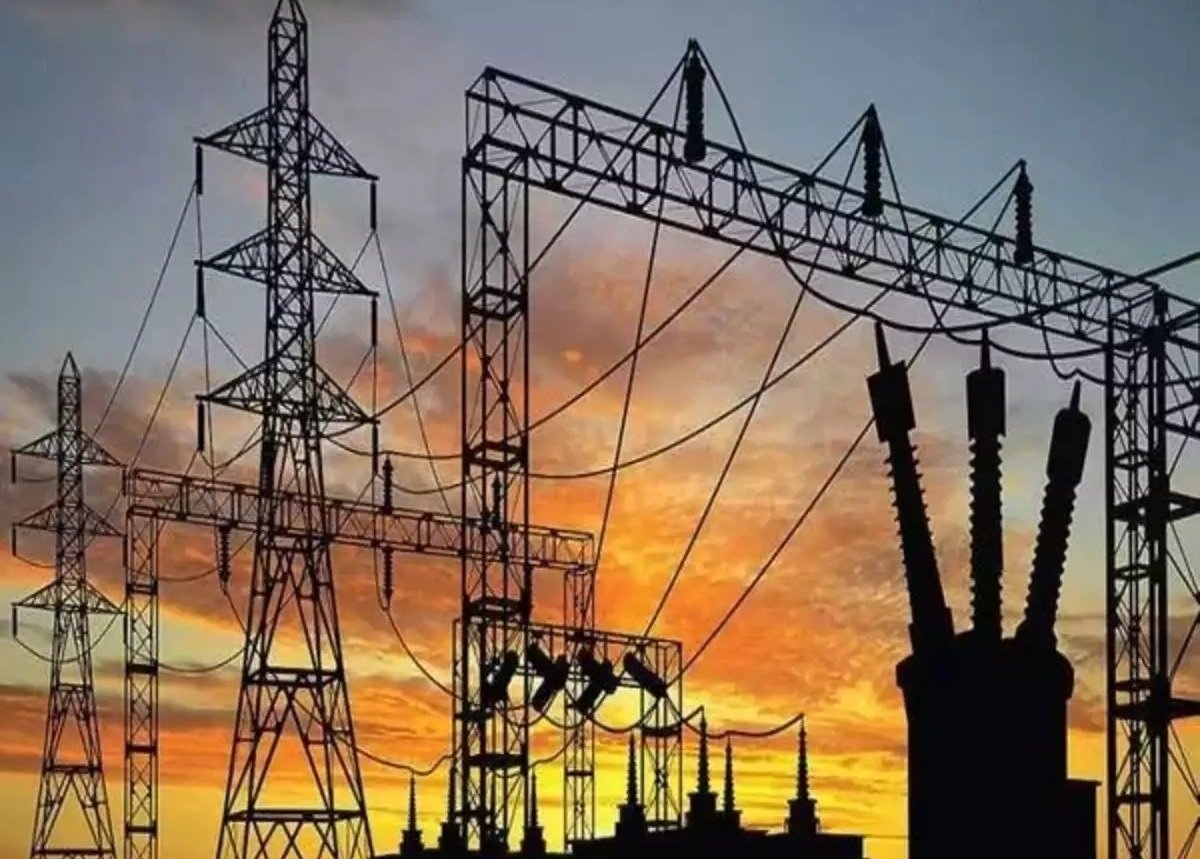For the first time in 2023, Bhutan’s domestic electricity consumption exceeded exports, marking a significant change in the nation’s energy dynamics. This is different from the previous ten years, when exports have historically exceeded domestic use, according to the Environmental Accounts Statistics 2024. Decreased hydropower output and a greater reliance on imported electricity are the causes of the shift. According to the Department of Hydropower Systems, if consumption peaks as anticipated, Bhutan’s energy demand might increase by almost 400 percent by 2030. The expanding industrial sector, which accounted for 93.84 percent of all domestic energy use in 2023, is the main driver of the rise in domestic demand throughout time. Household consumption, on the other hand, only made up 6.17 percent and was more dependent on fossil fuels.
Bhutan’s energy mix relies heavily on renewable energy, particularly hydropower, which will supply 70.26 percent of the country’s total energy consumption in 2023. Although alternative renewables like solar and wind provide less than 1%, rising domestic demand is placing a strain on hydroelectric resources. While imports are rising, electricity generation has been falling. Hydropower generation was 10,821.80 GWh in 2021, and imports were negligible. Production was still declining by 2023, when imports totaled 622.00 GWh.
Rising domestic consumption and declining exports have had an impact on the nation’s hydropower revenue, which fell from Nu 22.6 billion in 2022 to Nu 16.64 billion in 2023. Although domestic sales have doubled, residential electricity use is still lower. With 24.20 percent of fossil fuel usage, the home sector came in second, followed by the service sector with 35.96 percent. In 2023, the transportation sector released about 130 million kg of carbon dioxide. The government intends to build ten sizable hydroelectric projects that, when put into service, may provide more than 10,000 MW of electricity.

